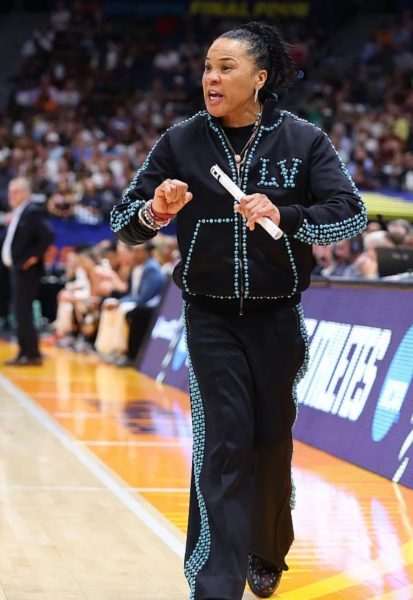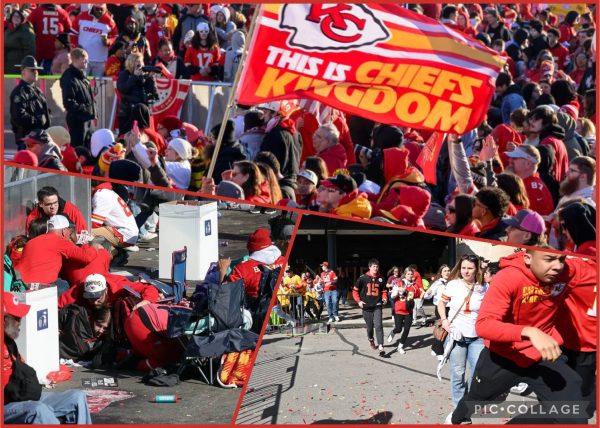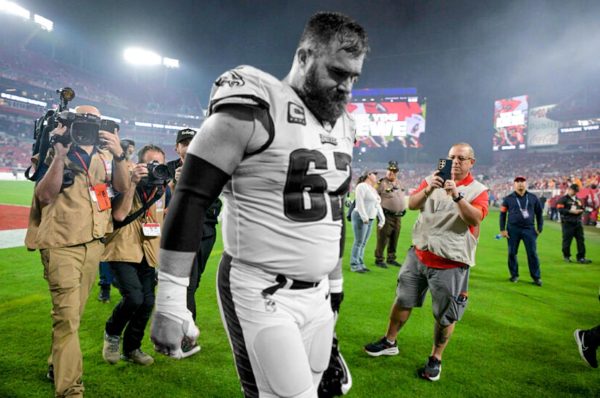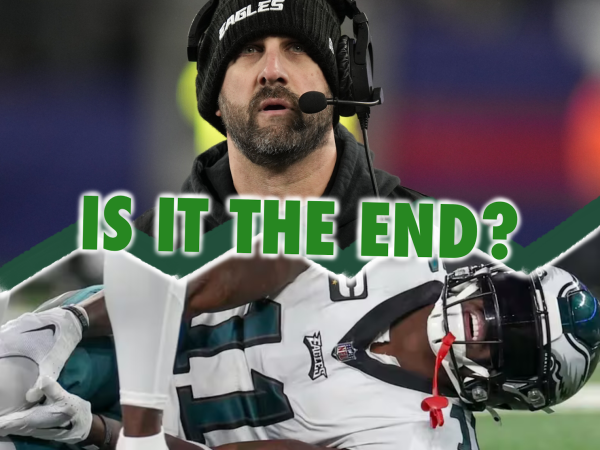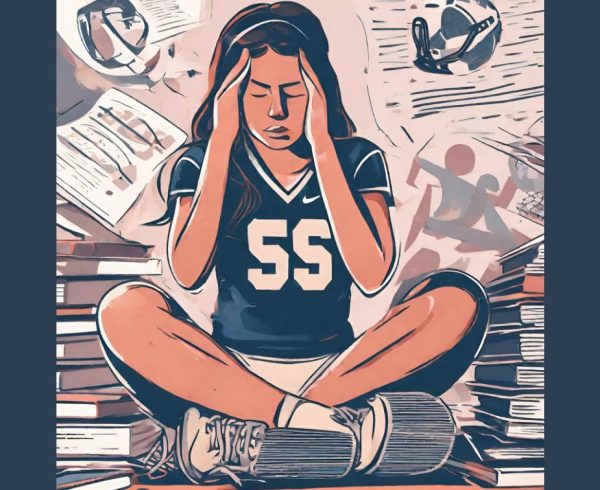Does Fighting Still Have a Place in Hockey?
It’s been part of the game since its inception. Whether it was started because of something that was said, a big hit was thrown, or just simply the two teams playing really don’t like each other, fighting has always been an exciting part of hockey that brings a new level of intensity to any game.
In hockey history, fans have idolized their team’s enforcers almost just as much as they do the superstars. Players like Tie Domi and Bob Probert are the first names to come to a hockey fan’s mind when you ask them who the best fighters in NHL history are. Flyers fans fondly remember the “Broad Street Bullies” of the 70s and 80s with tough guys like Mel Bridgman and Dave Schultz. In an era where murder was practically legal, these guys were invaluable parts of any team. Players like Marty McSorley in Los Angeles and Jay Caufield in Pittsburgh made sure that anyone who harassed superstars Wayne Gretzky and Mario Lemieux would be taken to task. Back in the 80s and 90s, fighting was a common occurrence in every game, regardless of who was playing. However, today’s NHL is a much different story. Fighting is dying.
At the start of the 2000-2001 season, the NHL saw an average of .56 fights per game. That number stayed relatively stable until the 2005-2006 season, the first after the lockout, where the average number of fights per game dropped to .38. That number went up to .6 in 2008-2009, but ever since then, fighting has been on a decline. Last year the average number of fights per game was .22, the lowest since the turn of the century. That number continues to fall, as this season that number is just .19.
Why has fighting been on the downturn? After all, it’s an exciting moment for fans and can help energize the teams.
For starters, the NHL has been cracking down on fighting. There are more penalties involved with fighting than just the five minute major each fighter receives. For example, the instigator of a fight may receive an additional penalty, leaving his team short handed for two minutes. The penalty for instigating within the last five minutes of a game are even more severe, as if deemed the instigator, a player will receive a game misconduct and be suspended for his team’s next game on top of the five minute major and two minute minor. On top of the instigator penalties, there are several other fines and suspensions a player can incur for fighting violations. Trying to pick a fight simply isn’t worth the risk of leaving your team short handed.
The NHL is also a much different place compared to thirty years. Gone are the days of having a fourth line of enforcers who play five minutes a night and whose sole purpose is to hit and fight. As NHL teams continue to emphasize speed in their lineups, coaches need to be able to roll four lines that are effective skaters. A penalty killer or power play specialist holds much more value to an NHL lineup today than a dedicated fighter.
And then there is the injury issue. Because the NHL requires players to keep their helmets on in a fight or receive an unsportsmanlike conduct penalty, landing a good punch on an opponent often does more damage to the thrower. Pittsburgh Penguins forward Zach Aston-Reese spent over a month on injured reserve this year after breaking his left hand in a fight. The Penguins penalty kill suffered with Aston-Reese out of the lineup and the team lost crucial games as a result. Hindsight is 20/20, but losing Aston-Reese was certainly not worth the fight he was in.
Just recently, the fighting issue reared its ugly head again. On Tuesday, Montreal Canadiens forward Paul Byron was concussed in a fight against Florida Panthers defenseman MacKenzie Weegar. The 6’0”, 200 lb Weegar holds a big advantage over the 5’9”, 165 lb Byron, so it’s no surprise Byron sustained an injury. But being at such a disadvantage, why did Byron accept the fight in the first place, especially when his team needs him for a playoff push.
On January 15th, Byron concussed Weegar on a dirty hit that forced Weegar to miss four games. In the unwritten “code” among NHL players, Weegar was asking Byron to answer for his hit. Players standing up for injured teammates or fighting whoever knocked them out in the next game between their teams is nothing new. The question is, is it really necessary? After all, Byron did receive a three game suspension for his hit, ample punishment for his actions.
Advocates for ending fighting say players should just let the league deal with illegal hits. What’s the point of risking injury in a fight for “justice” when it’s already been served? Along with the injury risk is the penalty risk, and some fans are frustrated seeing their team short handed because of a penalty that came from instigating a fight. Not seeing how it helps their team win hockey games, these fans would rather see their players focus on playing hockey rather than get caught up on the theatrics of fighting.
Most fans, however, will tell you they love it. It’s intense. It’s emotional. It can spark a team that’s losing into a comeback, as it did in game six between the Penguins and Flyers in 2009, where Max Talbot’s fight with Philly tough guy Daniel Carcillo inspired the Penguins to turn a 3-0 deficit into a 5-3 series clinching win. It’s been a part of the game forever, and the players feel it still has a role. Some even feel it makes the game safer, as without it players would be looking for retribution through cross checks and hits from behind rather than fisticuffs.
It’s not going to happen soon, but the NHL will likely visit the fighting issue eventually. However, as long as the players want it, it’s probably not going anywhere.


